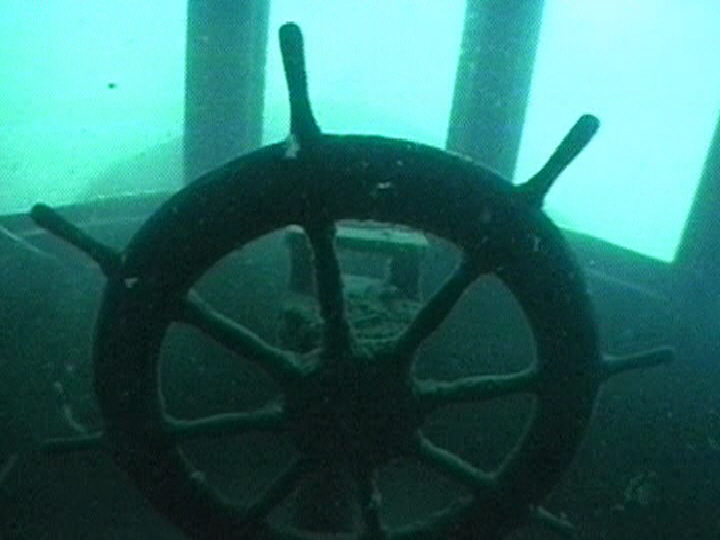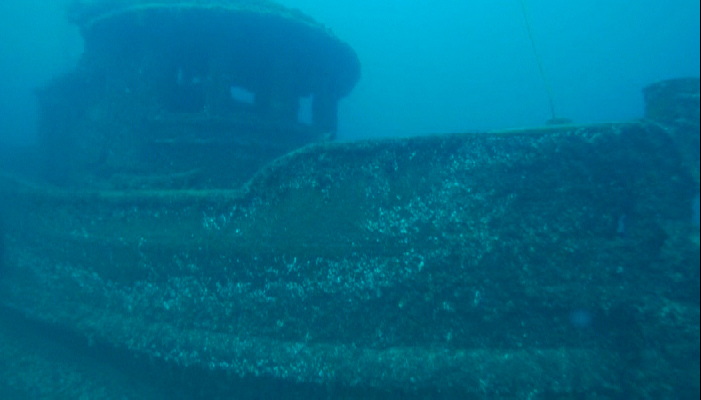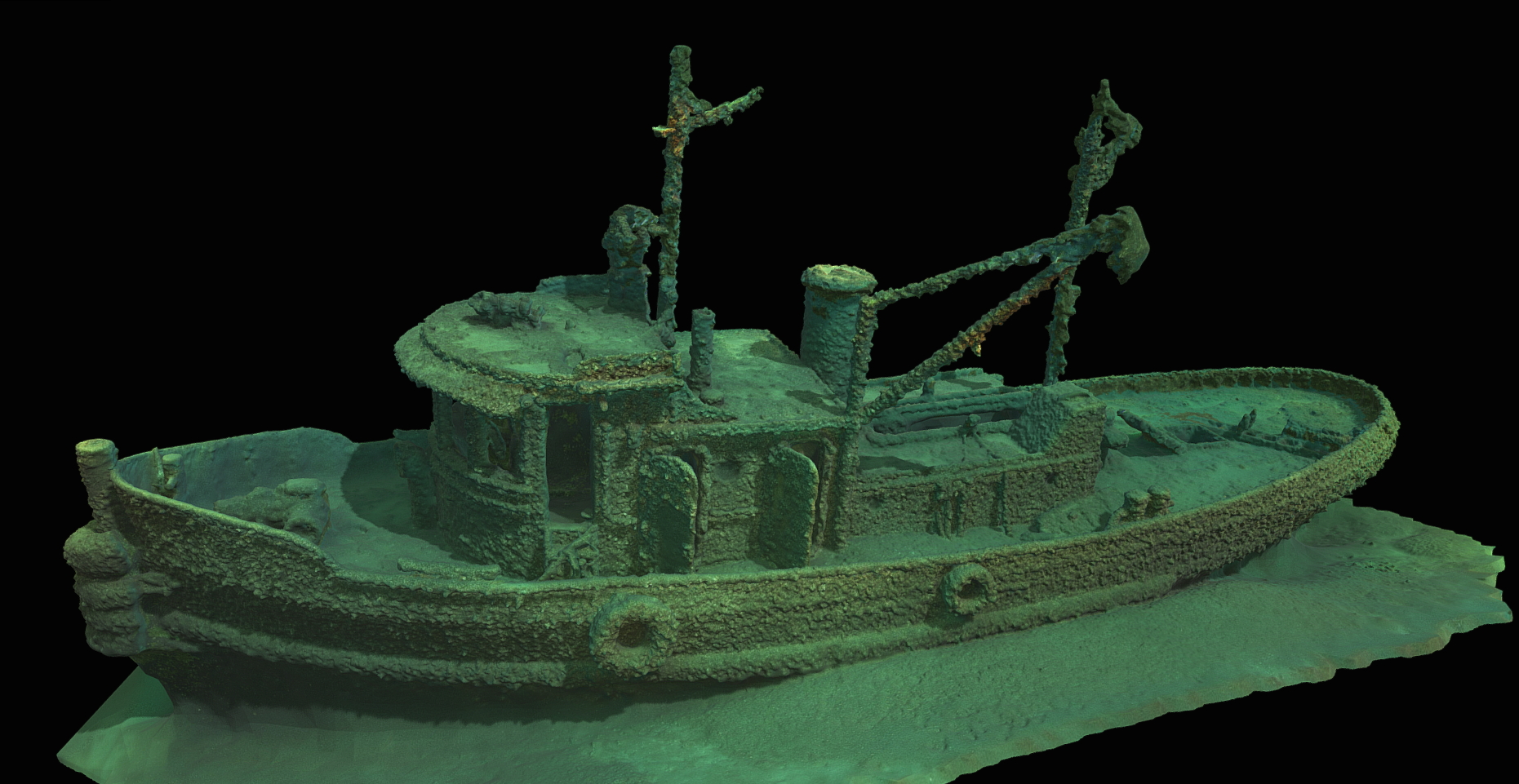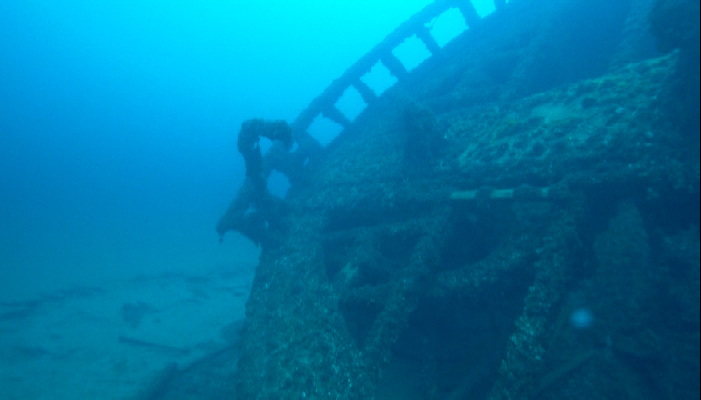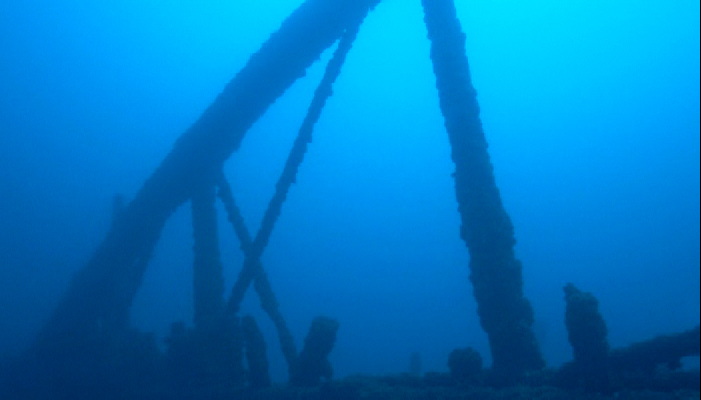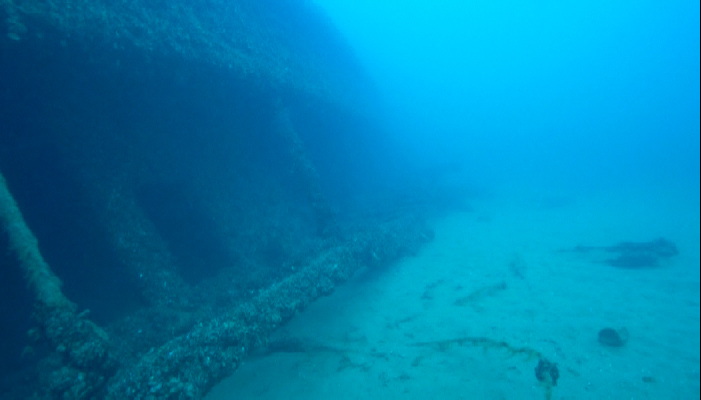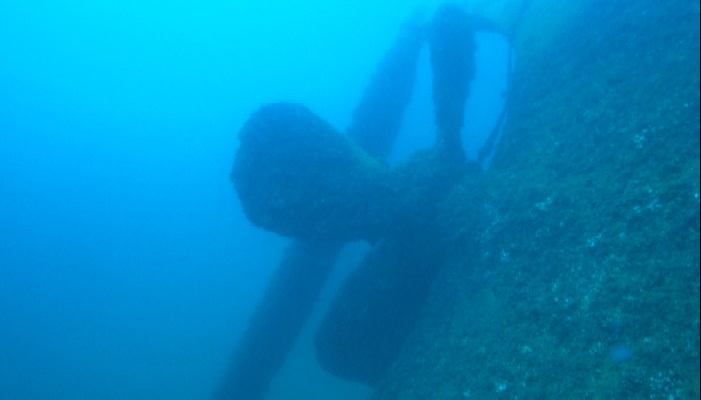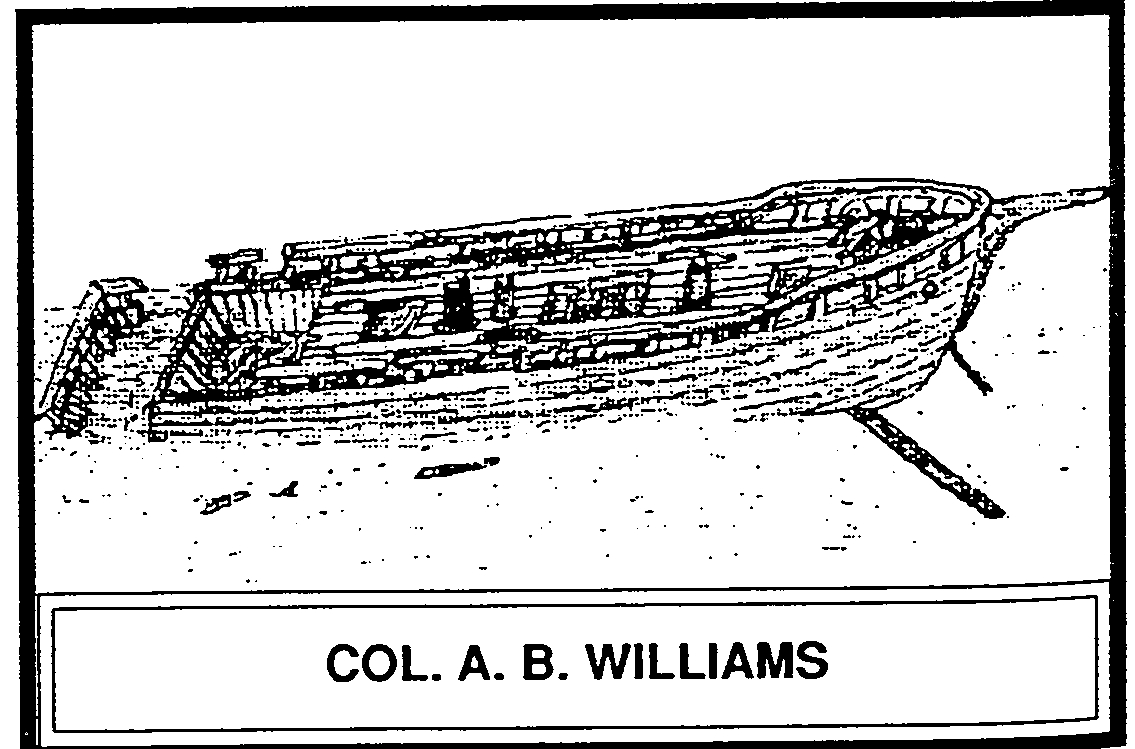Sanilac Shores Underwater Preserve
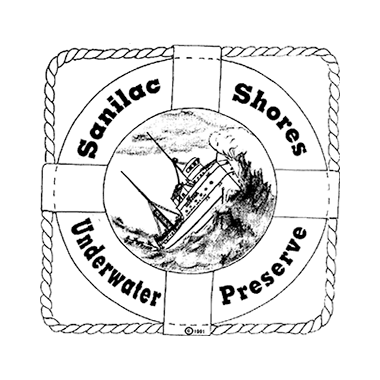
The Sanilac Shores Underwater Preserve stretches along Lake Huron’s long western shore from near Lexington in the south to just north of Forestville. This was a perilous journey for ships proceeding along Michigan’s eastern shoreline and safe harbors are hard to find. Storms, rough seas, accidents and collisions all have combined to produce losses.
The Sanilac Shores Underwater Preserve is popular with sport divers because of the large number of shipwrecks within recreational diving limits. At least 16 shipwrecks lie above 120 feet.
The local charter boat operators place moorings on the major dive sites during the dive season and provide the buoys, rope and other supplies to do so. Voluntary donations from divers are accepted to help defray the cost of supplies. Donors should contact MUPC at info@MichiganPreserves.org
In addition to excellent shipwreck diving, there are historic attractions in the area of the Sanilac Shores Preserve. They include the Port Sanilac Lighthouse, Sanilac Petroglyphs, and the Sanilac County Historical Museum at Port Sanilac.
For more to do and see, visit the website for the Bluewater Area Convention and Visitors Bureau and the website for the Croswell-Lexington Chamber of Commerce.
Shipwrecks & Dive Sites
Samuel Bolton (1893)6’N 43° 35.480 W 082° 35.499
| Wreck Name & Year Lost | Depth | GPS/LAT/LON |
|---|---|---|
| Charles A. Street (1908) | 15′ | N 43° 35.721 W 082° 30.581 |
| Charles S. Price (1913) | 47′ to 64′ | N 43° 09.174 W 082° 21.174 |
| Checotah (1906) | 117′ | N 43° 36.063 W 082° 28.210 |
| City of Genoa (1928) | 64′ | N 43° 08.780 W 082° 28.310 |
| City of Port Huron (1876) | 40′ | N 43° 13.404 W 082° 29.050 |
| Clayton Belle (1882) | 32′ | N 43° 07.700 W 082° 26.100 |
| Col. A.B. Williams (1864) | 84′ | N 43° 36.725 W 082° 30.805 |
| Eliza H. Strong (1904) | 28′ | N 43° 15.745 W 082° 30.613 |
| F.B. Gardner (1904) | 55′ | N 43° 31.630 W 082° 31.77 |
| John Breden (1899) | 45′ | N 43° 12.640 W 082° 26.240 |
| Mary Alice B. (1975) | 95′ | N 43° 22.330 W 082° 26.308 |
| Canisteo (1920) | 98′ | N 43° 14.142 W 082° 18.292 |
| New York (1876) | 117′ | N 43° 36.254 W 082° 28.265 |
| North Star (1908) | 100′ | N 43° 23.959 W 082° 26.518 |
| Queen City (1863) | 45′ | N 43° 09.124 W 082° 25.711 |
| Regina (1913) | 80′ | N 43° 20.465 W 082° 26.895 |
| Sport (1920) | 45′ | N 43° 15.985 W 082° 27.922 |
| Samuel Bolton (1893) | 6′ | N 43° 35.480 W 082° 28.204 |
| Sweetheart (1881) | 20′ | N 43° 02.517 W 082° 22.433 |
| unknown schooner | 95′ | N 43° 28.947 W 082° 22.433 |
Among the best shipwreck dives in or near the Sanilac Shores Underwater Preserve are:
Regina
Built in 1907, the 250 foot long steel freighter Regina fell prey to the “The Great Storm” of November 9, 1913 and went missing with all hands. She was undiscovered until 1986. Since she was located, she has become a very popular dive site. The ship rests upside down on the bottom in about 80 feet of water. The bottom of the hull can be reached at 25 feet. There is a 56 foot hole in the hull that permits entry to the hold area by qualified divers. Some of her cargo can be found scattered on the lake floor.
Sport
This small tugboat is a favorite among divers. She was built in 1873 and is important as the first steel tug on the Great Lakes. She had a long career as a working tug on the Lakes, but at 57 feet she was no match for a severe gale on December 13, 1920. Her steel hull rests upright with a slight list to starboard. The depth of water is 45 feet although the Sport rises up about 20 feet off the bottom. Divers find her intact with an abundance of tools and relics scattered about the wreck site. The Sport has received the distinction of being the first Michigan shipwreck with her own Michigan Historical Marker placed on her.
Checotah
The Checotah was built in 1870 as a schooner and actually sank two times. The first was in 1882. She was raised and converted to a scow in 1888. While in tow on October 30, 1906, she began to founder and sank off Forestville. Today, she resides in 117 feet of water with her stern broken and scattered. The bow is intact with much equipment present as well as artifacts distributed about the wreck.
New York. This wooden steamer was launched at Buffalo in 1856 and was lost to heavy seas on October 14, 1876. She lies physically close to the Checotah at a similar depth of 117 feet and is upright but very broken up. Her unique oscillating steam engines are exposed to view and are of special interest to maritime specialists and divers. Part of a wooden “hogging arch” is still in place. She has many tools and much gear present.
Mary Alice B.
The Mary Alice B was built at Duluth, Minnesota in 1931 for the Corps of Engineers as the “Quintus”. In 1962 she passed into private ownership and her name was changed. She was a fair sized working tugboat at 62 feet in length. She foundered off Port Sanilac September 5, 1975. She is upright and intact in 92 feet of water. Her wheelhouse with her wheel still in place can be penetrated. Other areas of the interior can be entered but silt can be easily disturbed and only well trained divers should attempt it.
North Star
The North Star was lost after a collision in the fog with her sister ship, the Northern Queen. A steel hulled, 300 foot long package freighter, she was launched in 1889. On November 25, 1908 she was bound for Duluth with a load of grain and shingles when she was struck and sank southeast of Port Sanilac. She rests in about 100 feet of water in two pieces. Her pilothouse is intact and her engine and boilers are in place.
Charles S. Price
The 504 foot long steel freighter Charles S. Price was built in 1910. She was lost in “The Great Storm” of November 9, 1913 that also claimed the Regina. After the storm cleared, she was found floating upside down with her entire crew lost. She eventually sank in 64 feet of water. Today she rests upside down on the bottom with the hull collapsing. Her propeller can be reached at about 47 feet.
Colonel A. B. Williams
The Williams was carrying a cargo of coal when the 110 foot schooner was lost in 1864. She was discovered in 1957. Some of her equipment like a large stock anchor was removed before the law was changed to prohibit the removal of artifacts. She sits upright with her hull mostly intact. The exception is the stern that has collapsed. Divers can visit her in about 84 feet of water and see her hatches, a stove, bilge pump, two winches and a large windlass.
Eliza H. Strong
The Strong was a 205 foot wooden steamer built in 1874. During her life she sank three times. On the first two occasions she was raised and placed back in service. The final time came on October 26, 1904 when she caught fire off Lexington and burned to the waterline. Her machinery was salvaged and the Corps of Engineers used explosives in 1909 to clear a channel for navigation. Because of these events, wreckage is scattered about the site near the Lexington dock. What remains is upright with the keel and some decking still intact in about 28 feet of water.

